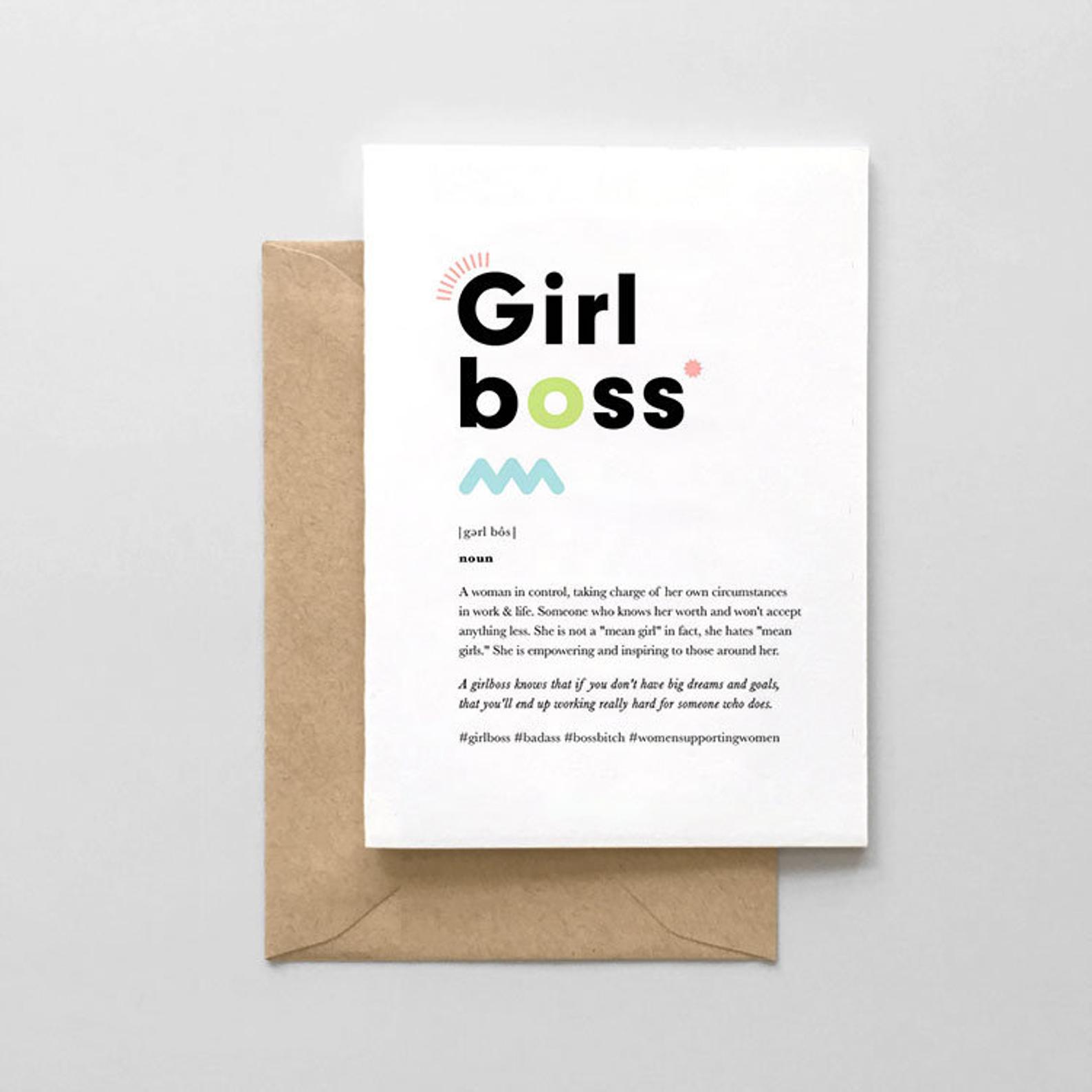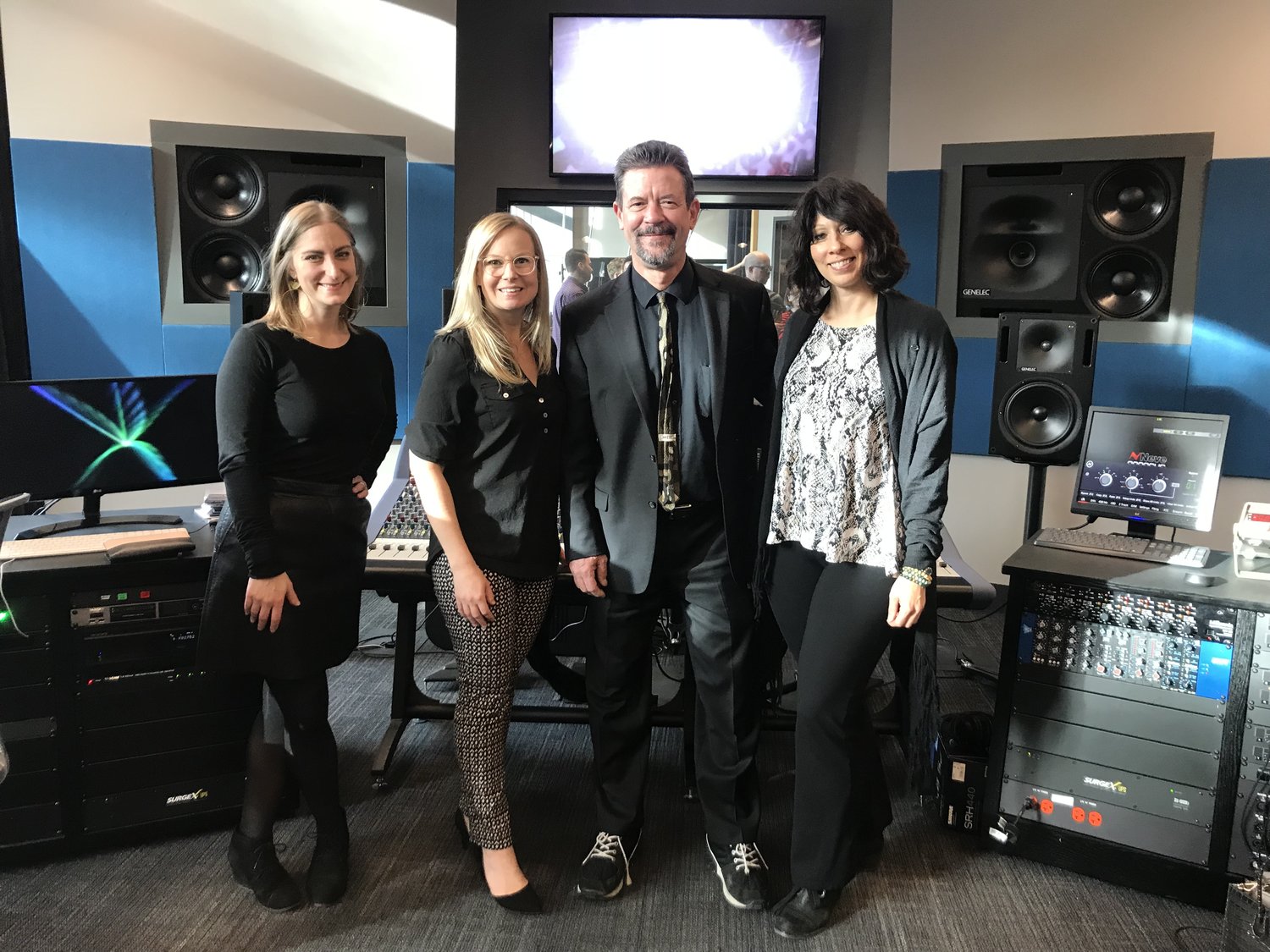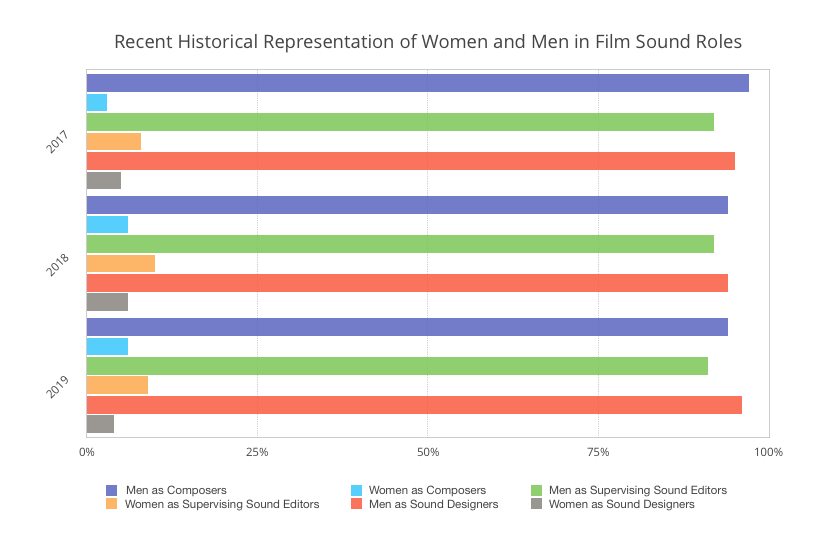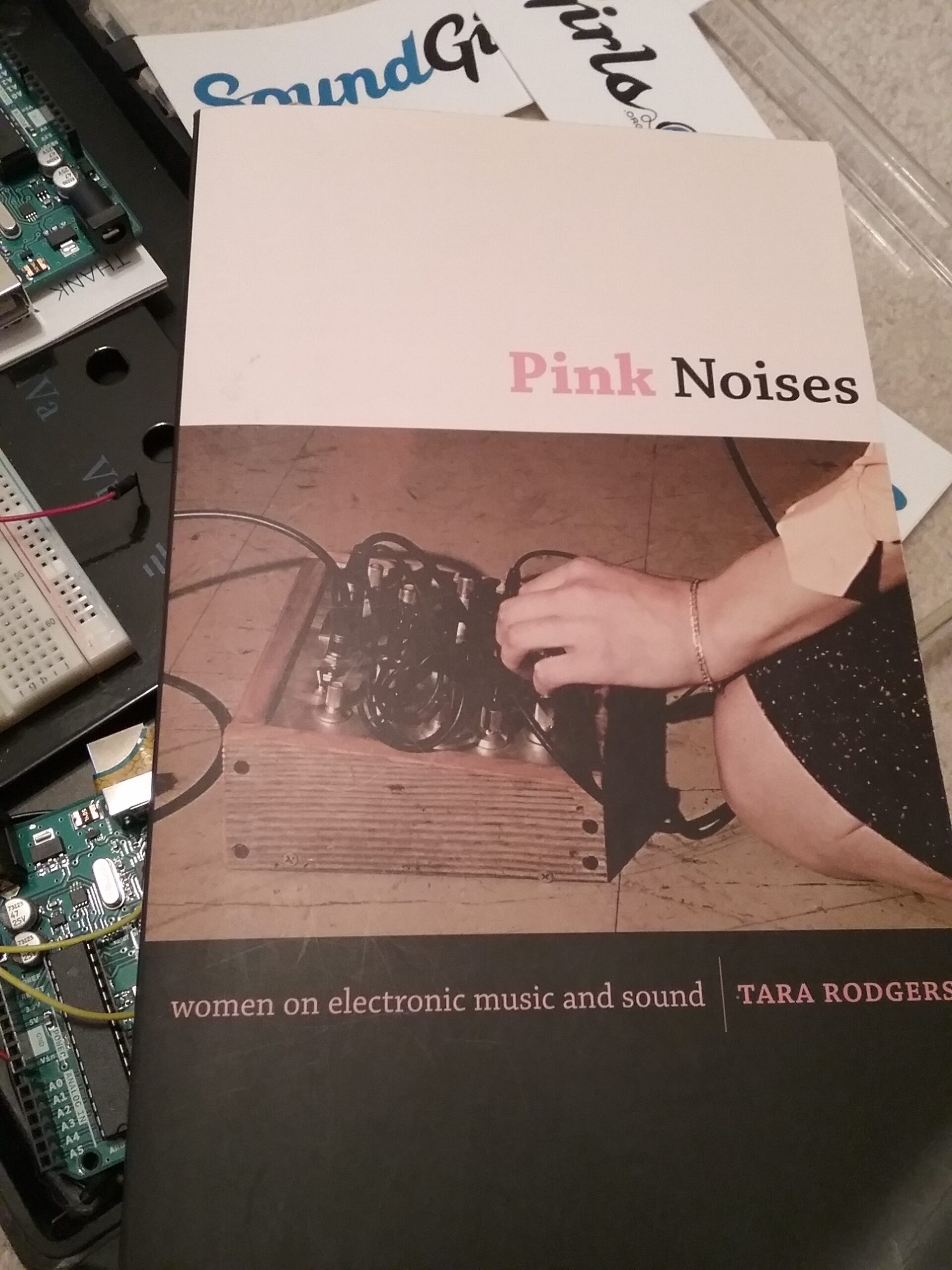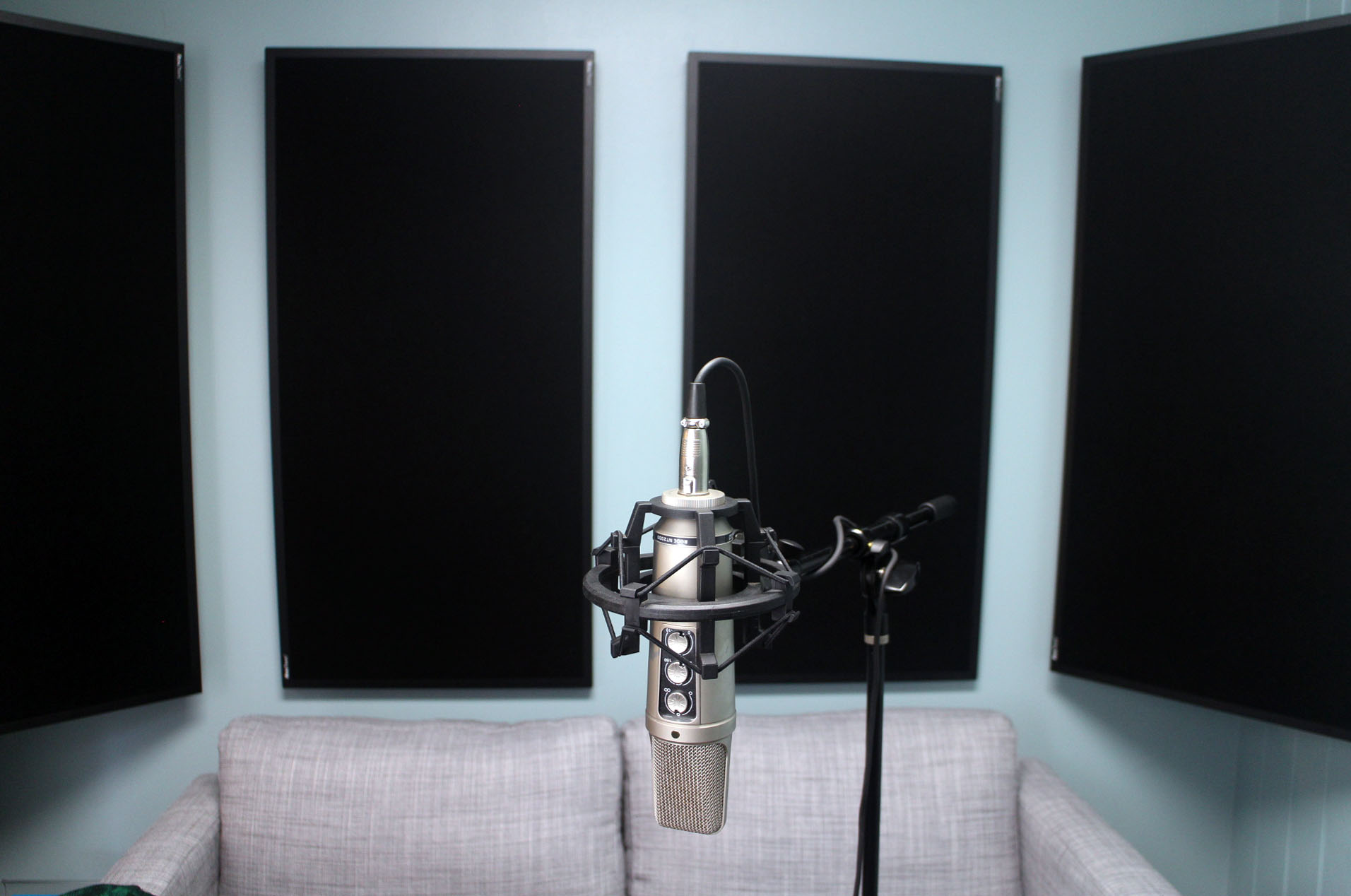El ambiente en donde nos encontramos es fundamental para tener una buena calidad de vida además de un buen desempeño laboral, pero hay un tema importante que no tomamos mucho en cuenta, cómo podemos laborar en un medio relajado cuando nuestro trabajo tiene como principio factores que físicamente nos desgastan?
La falta de sueño, mala alimentación, cambios de horarios frecuentes y principalmente el estrés son pieza fundamental para potencializar el cansancio mental y físico de cualquier ser humano, es por eso por lo que les compartiré algunos ejercicios para contrarrestar nuestro desempeño.
El ESTRÉS, un problema por desgracia muy frecuente en la sociedad actual y puede acabar ocasionando graves problemas de salud.
Lo primero, es definir ¿qué es el estrés? Las personas tenemos un sistema de alerta que se pone en marcha ante las situaciones de estrés y que puede provocar distintas reacciones psíquicas y físicas como el aumento del estado de alerta, del tono muscular o de la frecuencia cardiaca y respiratoria. Este mecanismo de alerta tiene una finalidad adaptativa sin la cual no habríamos podido sobrevivir en nuestros inicios evolutivos y que nos hace responder de forma adecuada ante determinados cambios o situaciones de peligro. Pero cuando esta reacción se prolonga en el tiempo se convierte en un problema porque genera un estado de alerta constante que acaba siendo perjudicial para nuestra salud física y mental.
Cuáles son las situaciones que nos producen estrés?
Cualquier tipo de cambio, tanto negativo como positivo, puede causar estrés. Algunos ejemplos pueden ser, situaciones tan diversas como enfermedades propias o de personas que nos rodean, problemas económicos, el nacimiento o los cuidados de un hijo, tener que estudiar o hacer exámenes y pérdidas de un ser querido; Enfocándonos directamente en el ritmo de trabajo que tenemos dentro de la industria del espectáculo, nos enfrentamos directamente con situaciones altamente estresantes como, cambios de horarios, viajes constantes, trabajar bajo presión, estar lejos de la familia y amigos, entre muchos otros. Pero los mismos cambios no afectan de igual forma a las personas. Hay determinadas situaciones que cada individuo las vive con mucho estrés mientras que a otros apenas les afectan.
Qué tengo que hacer para aprender a manejar el estrés?
Hay que aprender a identificar las señales que nos avisan de un posible exceso de estrés. Estas señales pueden ser de tipo emocional: cansancio, tristeza, mal humor, ira, agresividad, ansiedad, inquietud, nerviosismo, pesimismo o conflictos en las relaciones con otras personas. Además pueden existir señales físicas de estrés: sudor, palpitaciones, contracturas musculares, dolor o ardor de estómago, dolor de cabeza, cuello o espalda e insomnio. Si nos encontramos con alguna de estas estas señales, debemos reconocer sus posibles desencadenantes e intentar controlarlas antes de enfermar. Esto dicho así parece muy fácil, pero no lo es. Tienes que realizar algunos cambios en nuestros hábitos y formas de pensar, así como aprender recursos y habilidades para enfrentaros a estas causas. Si lo consigues, el esfuerzo merecerá la pena:
Enfréntate a los problemas y no mires para otro lado.
Analiza los problemas con calma, intenta resolverlos y acepta si no los puedes cambiar. Ten una actitud positiva y déjate ayudar por los demás. En vez de preocuparte, deberías ocuparte. Intenta ver los cambios como un reto, no como una amenaza. Confía más en la gente. Comparte tus emociones con los demás. No te aísles. Es muy útil hablar con personas que han pasado por situaciones parecidas. Relativiza y recupera el sentido del humor.
Aprende a decir NO
Es muy importante marcar tus límites. No siempre tienes por qué cumplir con las expectativas y deseos de los demás.
Disfruta cada día y cuídate. Reserva un tiempo para realizar alguna actividad que te guste (leer, ver series o películas, ir al cine o al teatro, escuchar música, salir con tus amigos, ir al campo, ver exposiciones, viajar, pintar…) y hazlo sin prisas.
Haz ejercicio de manera regular. Es la forma más saludable de aliviar la energía y la tensión acumulada. Come y bebe con moderación. Puede parecer que el alcohol y el abuso en las comidas reducen el estrés, pero en realidad lo aumentan.
Haz descansos en el trabajo.
Evita el exceso de estimulantes (como cafeína, alcohol, etc.) y deja de fumar (la nicotina es otro estimulante más y provoca también síntomas de estrés).
Les comparto algunas sugerencias y ejercicios para tranquilizar nuestra mente y cuerpo que en lo personal me han ayudado a sobrellevar momentos de tensión, giras y largas jornadas de trabajo con muy buenos resultados.
- Escucha música que te tranquilice, en mi caso siempre llevo grabaciones de Cuencos que normalmente escucho en los vuelos y trayectos largos.
- Los aromas son también grandes aleados para lograr relajarte junto con respiraciones profundas. Actualmente puedes conseguir vaporizadores en donde puedes colocar aceites naturales los recomiendo ampliamente.
El ejercicio y estiramientos funcionan increíblemente para quitar molestias por estar mucho tiempo de pie o en una misma posición, dolores de espalda, dolor de cabeza y cuello.
Les comparto ejercicios básicos y muy simples que pueden hacer en cualquier momento y lugar. Si tienen alguna lesión mas severa no duden en acudir a un médico.
Cuiden su cuerpo y su mente en todo momento.
Ejercicio para relajar y estirar espalda y cuello

Ejercicio para relajar espalda baja, cadera y piernas.
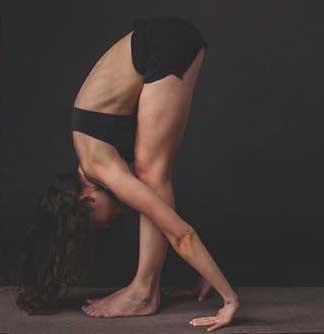
Presiona 4 a 5 segundos cuando sientas dolor de cabeza. Sentirás molestia, respira profundamente mientras presionas los puntos y muy pronto comenzará el alivio.

 Carolina Antón
Carolina Antón
Es una líder internacionalmente reconocida en el campo de mezcla en sonido en vivo, diseño de sistemas y optimización de refuerzos sonoros. Por más de 15 años, Carolina ha establecido una trayectoria dentro de su carrera, colaborando con artistas y producciones distinguidos.
Carolina C. Antón nació en México, graduada de la universidad Urasenke Gakuen Professional Chado College, Midorikai 浦千家ガ食えんみどり会 (Arte y cultura japonesa) Kioto, Japón. Su primer acercamiento a la música fue como baterista realizando estudios en la universidad de Berklee College of Music. Poco tiempo después de regresar a la Ciudad de México, comenzó a trabajar dentro de empresas de audio profesional, siendo una de las pocas mujeres en México que realizaban trabajos técnicos y de mezcla de sonido.
Con más de 20 tours a nivel nacional e internacional Carolina ha participado como parte de la producción de varios festivales como: KnotFest, PalNorte, Presidente (República Dominicana), Electric Forest (USA).
Actualmente trabaja como freelance para empresas como: 2handsProductions, Eighth Day Sound, Britannia Row Productions, entre otras.
Ha mezclado para artistas como Kool & The Gang, Gloria Gaynor, Natalia Lafourcade, Mon Laferte, Leon Larregui, entre los más importantes.
Además, Carolina es co-fundadora de la empresa 3BH con quien desarrolla proyectos de integración para el área audiovisual en LATAM.
Después de una sobresaliente carrera profesional, en el 2016 Carolina comenzó a representar la organización Soundgirls.org en México con el objetivo de apoyar a las mujeres dentro del medio del espectáculo.
